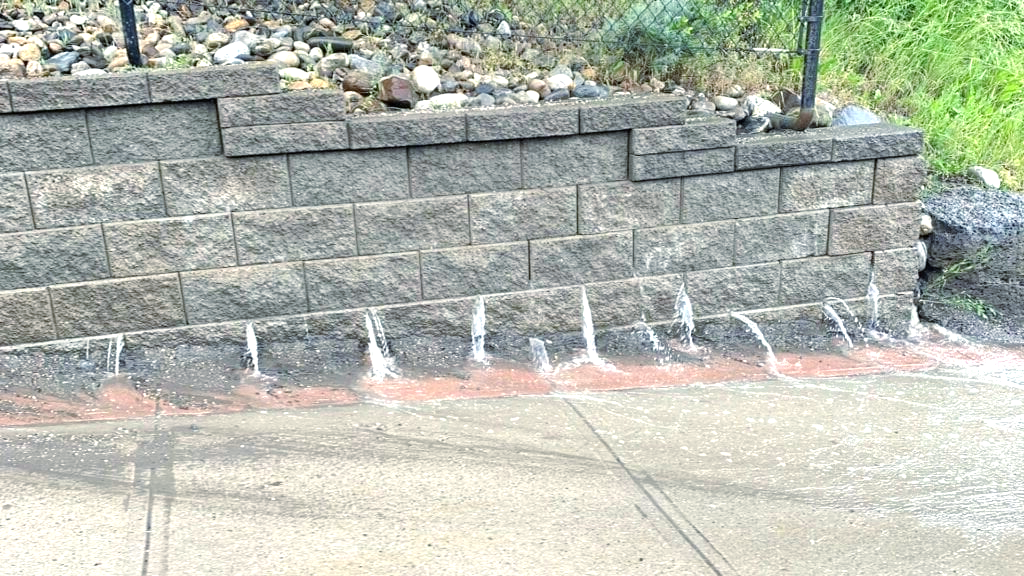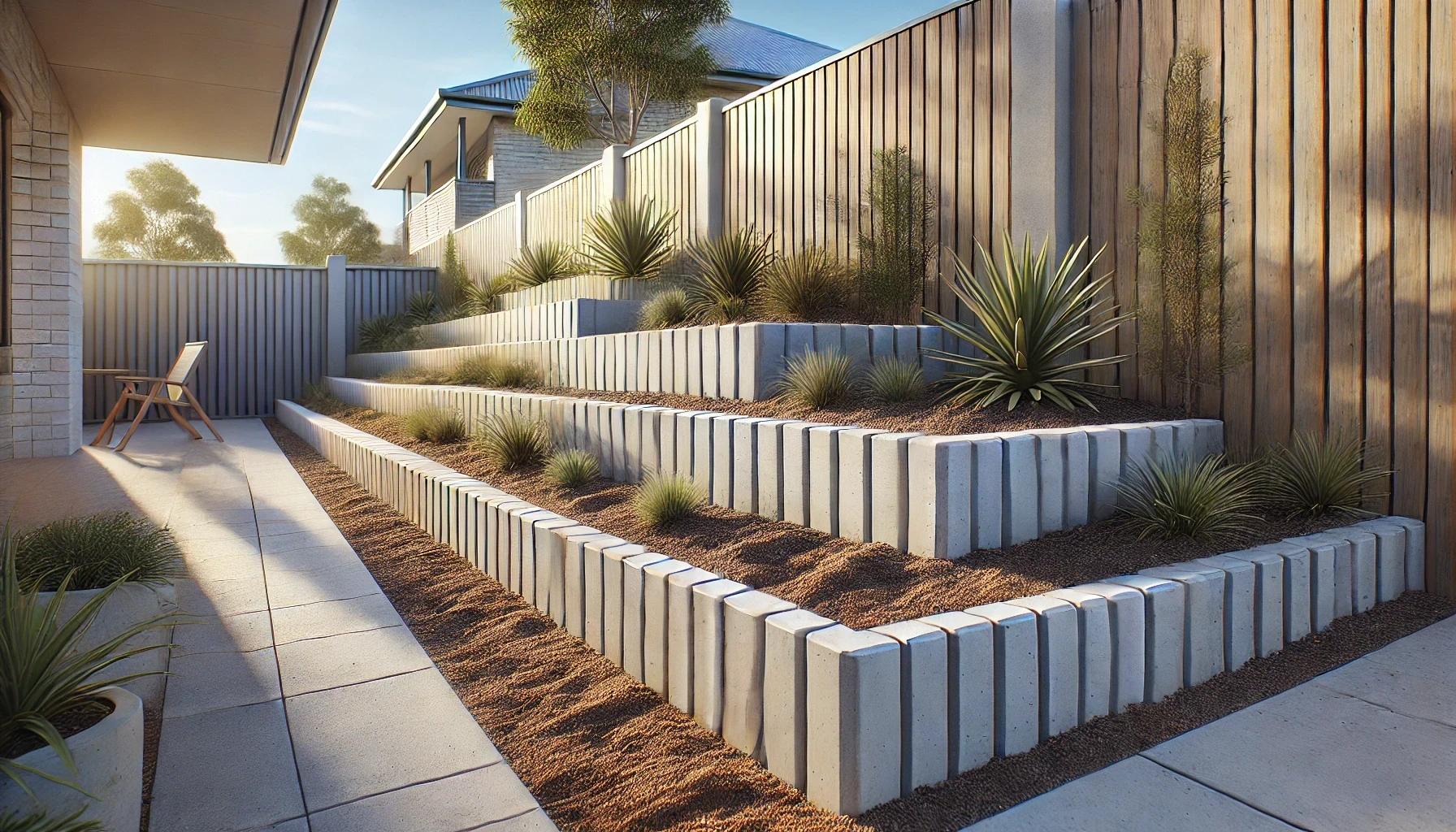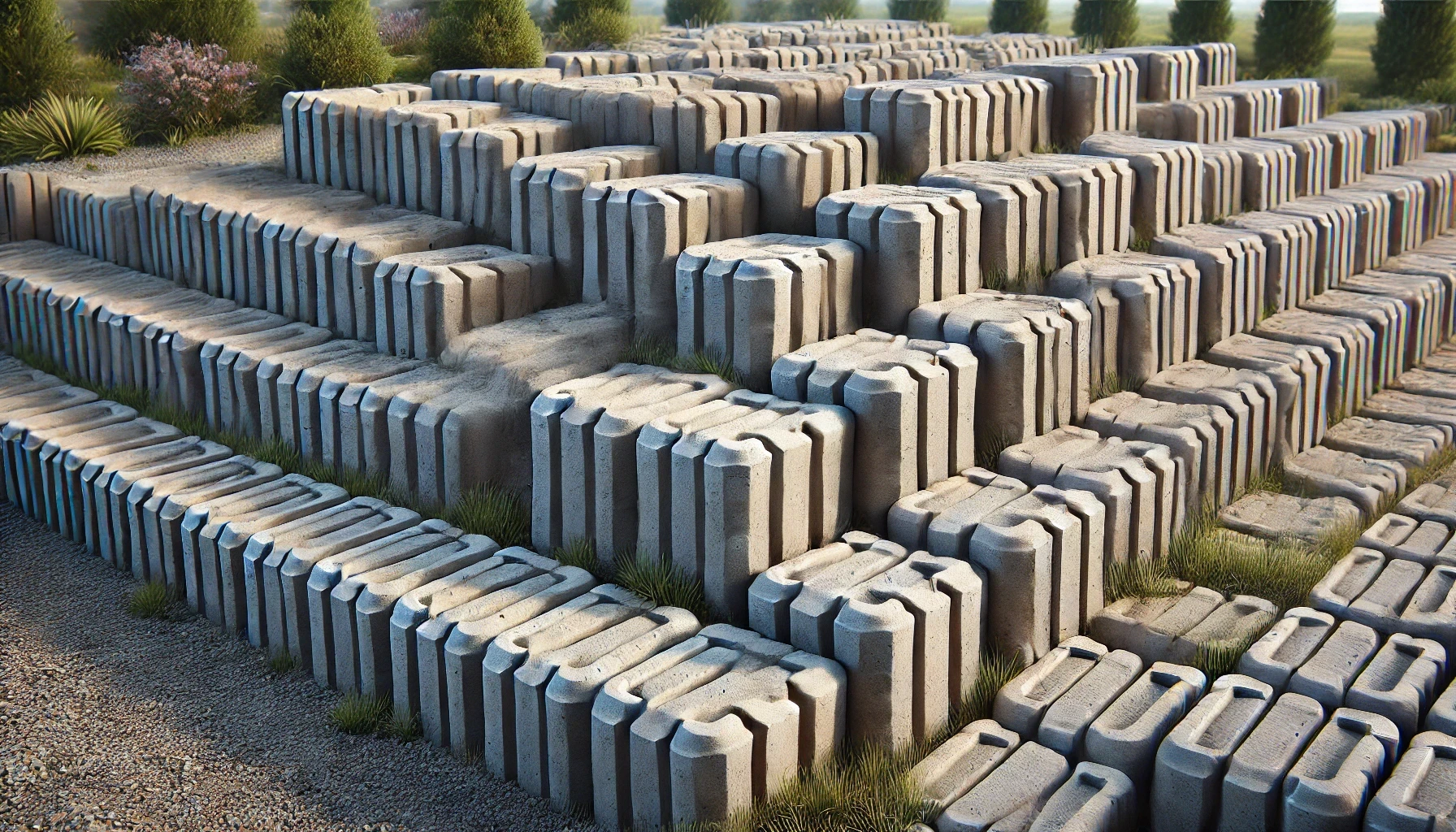Retaining Wall Drainage System Installation Tips for Homeowners
A properly functioning retaining wall drainage system stands as the cornerstone of any durable retaining wall structure. Water pressure build-up behind retaining walls poses significant risks, making efficient drainage essential for preventing costly damage and ensuring long-term stability. Installing a well-designed drainage system can prevent up to 90% of retaining wall failures and extend your wall's lifespan by decades.
At Canberra Retaining Wall Pros, we've witnessed countless cases where inadequate drainage led to wall failures. Our expertise in the Australian Capital Territory and adjacent towns in New South Wales has taught us that local soil conditions and seasonal rainfall patterns require specific drainage solutions. We specialise in creating customised drainage systems that protect your investment and maintain the structural integrity of your retaining wall.
Professional installation of drainage components requires careful planning and precise execution. We combine gravel backfill, perforated pipes, and filter fabric to create a comprehensive drainage solution. These elements work together to collect and redirect water away from your retaining wall, safeguarding your property against potential issues.
Key Takeaways
- Professional drainage system installation prevents wall failure and extends structural lifespan
- Proper materials selection and placement ensures optimal water management
- Regular maintenance and inspection protect your retaining wall investment

Understanding the Importance of Drainage in Retaining Walls
Proper drainage systems serve as the foundation for long-lasting retaining walls, protecting against water pressure and soil saturation that can compromise structural integrity.
Effects of Poor Drainage
Without adequate drainage, water accumulates behind retaining walls, creating immense hydrostatic pressure. This pressure can cause walls to crack, lean, or completely fail.
Saturated soil becomes significantly heavier, placing additional stress on retaining wall structures. We've observed this leading to bulging and displacement in poorly drained walls.
Frost damage becomes a serious concern in Canberra's winter months when trapped water freezes and expands. This cyclical freezing and thawing can create severe structural damage.
Benefits of Adequate Drainage Systems
A well-designed drainage system maintains optimal soil moisture levels whilst preventing water accumulation. This balance helps preserve the wall's structural stability.
Key advantages include:
- Reduced soil erosion and settlement
- Extended wall lifespan
- Lower maintenance costs
- Prevention of surface water damage
Professional drainage solutions typically incorporate gravel layers and perforated pipes to channel water away from the wall structure. We recommend installing weep holes at regular intervals to allow proper water dispersal.
The combination of proper drainage materials and correct installation techniques helps maintain soil stability and prevents unwanted vegetation growth behind the wall.
Assessing Your Retaining Wall Drainage Needs
Proper drainage assessment helps prevent water damage and structural issues in retaining walls. The local conditions in Canberra create unique drainage requirements that must be carefully evaluated.
Soil Type Considerations
Clay soil, common in Canberra's suburbs, requires extra attention due to its poor drainage properties. We recommend conducting soil tests to determine the exact composition and drainage characteristics.
A properly designed drainage system must account for soil expansion and contraction during wet and dry periods.
Key soil factors to assess:
- Permeability rate
- Clay content percentage
- Soil density
- Natural water table level
Canberra Climate Factors
Canberra's distinct seasonal rainfall patterns significantly impact drainage requirements. Our region receives an average of 615mm of annual rainfall, with peak precipitation during spring and summer.
Winter frost can affect drainage efficiency, making it crucial to install frost-resistant materials. We factor in the potential for intense storm events that typically occur between October and March.
Temperature fluctuations between -5°C and 40°C influence material selection and installation methods for drainage components.
Retaining Wall Height and Length
The dimensions of your retaining wall directly affect drainage requirements. Walls exceeding 1 metre in height need more extensive drainage systems.
Required drainage features by wall height:
- Under 1m: Basic weep holes
- 1m-2m: Agricultural pipe + gravel backfill
- Over 2m: Comprehensive drainage system with multiple layers
For every 10 metres of wall length, we incorporate at least one drainage point to ensure effective water dispersal.
The wall's position on your property and its relationship to surrounding structures also influence drainage placement decisions.
Components of an Effective Retaining Wall Drainage System
A proper drainage system requires several crucial elements working together to effectively manage water flow and prevent pressure buildup behind retaining walls.
Drainage Pipes
Perforated drainage pipes form the backbone of any retaining wall drainage system. We recommend using 100mm diameter pipes made from high-quality PVC or corrugated HDPE material.
The pipes should be installed at the base of the wall with a minimum slope of 2% to ensure proper water flow. This gradient helps water move efficiently towards the designated outlet points.
Proper pipe positioning is critical. We place the pipes behind the wall's heel, surrounded by clean gravel. The pipes must extend beyond the wall ends and connect to a suitable discharge point away from the structure.
Regular maintenance access points should be incorporated every 10-15 metres along longer walls. These allow for periodic inspection and cleaning of the drainage system.
Weep Holes
We install weep holes at regular intervals along the wall face, typically spaced 1.2-1.5 metres horizontally and vertically. These openings are essential for releasing trapped water pressure.
The standard diameter for weep holes is 50mm, though larger openings may be necessary for walls exceeding 3 metres in height.
Each weep hole requires proper filtration protection. We use geotextile fabric or purpose-made weep hole filters to prevent soil particles from washing through while allowing water to pass freely.
Backfill Materials
Free-draining granular materials are essential directly behind the wall. We use 20-40mm clean crushed rock or gravel for the drainage zone, extending at least 300mm behind the wall.
A layer of geotextile filter fabric separates the drainage aggregate from the native soil. This prevents soil particles from contaminating the drainage material while allowing water to flow through.
The upper layer of backfill should be less permeable to direct surface water away from the wall. We typically use compacted clay or similar materials for this purpose, with a slight grade sloping away from the wall.
Installation Tips from Canberra Retaining Wall Pros
Professional drainage system installation requires careful attention to detail and proper sequencing of steps. We recommend following these proven techniques that have served our clients throughout Canberra for optimal results.
Site Preparation and Excavation
The excavation area must extend at least 60cm behind the planned wall location to accommodate drainage materials. We use laser levels to establish precise grades with a minimum 2% slope away from the wall.
Clean excavation surfaces of loose debris and organic matter. Compact the soil foundation to 95% proctor density using a plate compactor.
Install a filter fabric layer along the excavation, extending it up the sides. This prevents soil migration into the drainage system.
Mark utilities and ensure proper setbacks from property lines. We recommend photographing the excavation at this stage for future reference.
Proper Installation of Drainage Layers
Start with a 15cm layer of 20mm clean crushed stone at the base. Compact thoroughly with multiple passes of the plate compactor.
Position a 100mm perforated drainage pipe along the base, ensuring it maintains the proper slope. Wrap the pipe in filter sock to prevent clogging.
Key drainage materials required:
- 20mm clean crushed stone
- Filter fabric (non-woven)
- 100mm perforated pipe
- Filter sock
- Drainage composite
Layer additional crushed stone around and above the pipe in 15cm lifts, compacting each layer.
Integrating Drainage With Wall Construction
Install drainage composite vertically against the soil face behind the wall. Secure it firmly and overlap joints by 30cm minimum.
Connect the base drain pipe to solid outlets every 15 metres. These should daylight to lower ground or connect to an existing drainage system.
We place a layer of filter fabric between the drainage stone and backfill soil to maintain separation. This fabric should overlap at all seams by at least 30cm.
Test the drainage system by running water through it before completing backfill. Document any adjustments needed.
Maintenance for Long-Term Performance
Proper maintenance of retaining wall drainage systems extends their lifespan and prevents costly repairs. Regular checks and cleaning routines protect the wall's structural integrity and maintain optimal drainage performance.
Regular Inspection Schedules
We recommend inspecting your retaining wall drainage system every three months, with additional checks after heavy rainfall. Watch for signs of water pooling, soil erosion, or cracks in the wall structure.
Key inspection points include:
- Drainage pipe outlets
- Surface water channels
- Weep holes
- Filter fabric condition
- Wall face for cracks or bulges
Document each inspection with photos to track changes over time. Schedule professional assessments annually to catch potential issues early.
Cleaning and Clearing Drains
Clean drainage components twice yearly to prevent blockages and maintain effective water flow. Remove debris, leaves, and soil from surface drains using a high-pressure water jet or drain snake.
Essential cleaning tasks:
- Clear weep holes with compressed air
- Remove sediment from drainage pipe outlets
- Clean surface water channels
- Check and replace damaged filter fabric
- Remove vegetation growing near drainage areas
Professional cleaning services are recommended every two years for thorough maintenance of underground drainage components. Keep drainage outlets clearly marked and accessible for easy maintenance access.
You might also like




